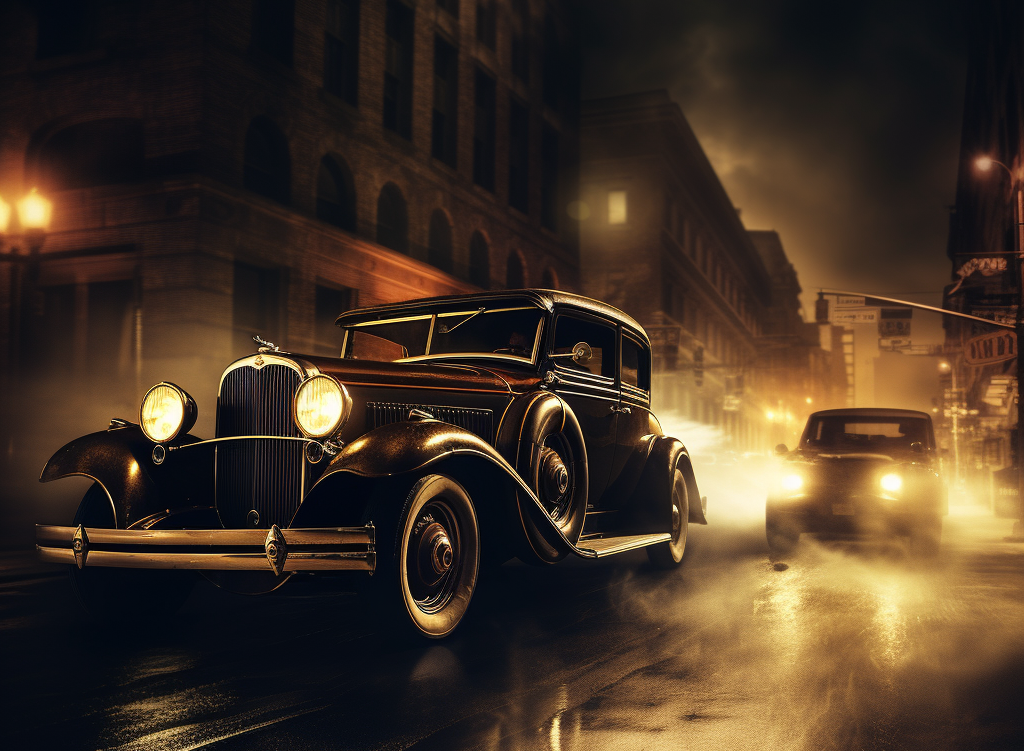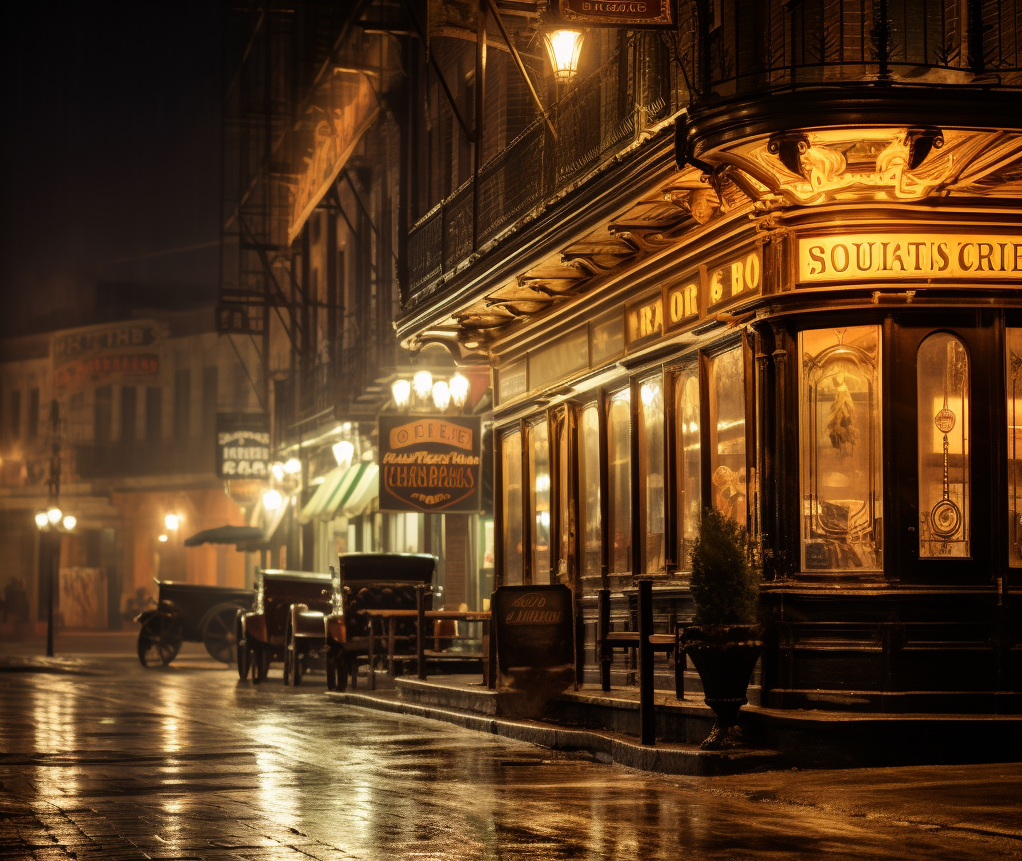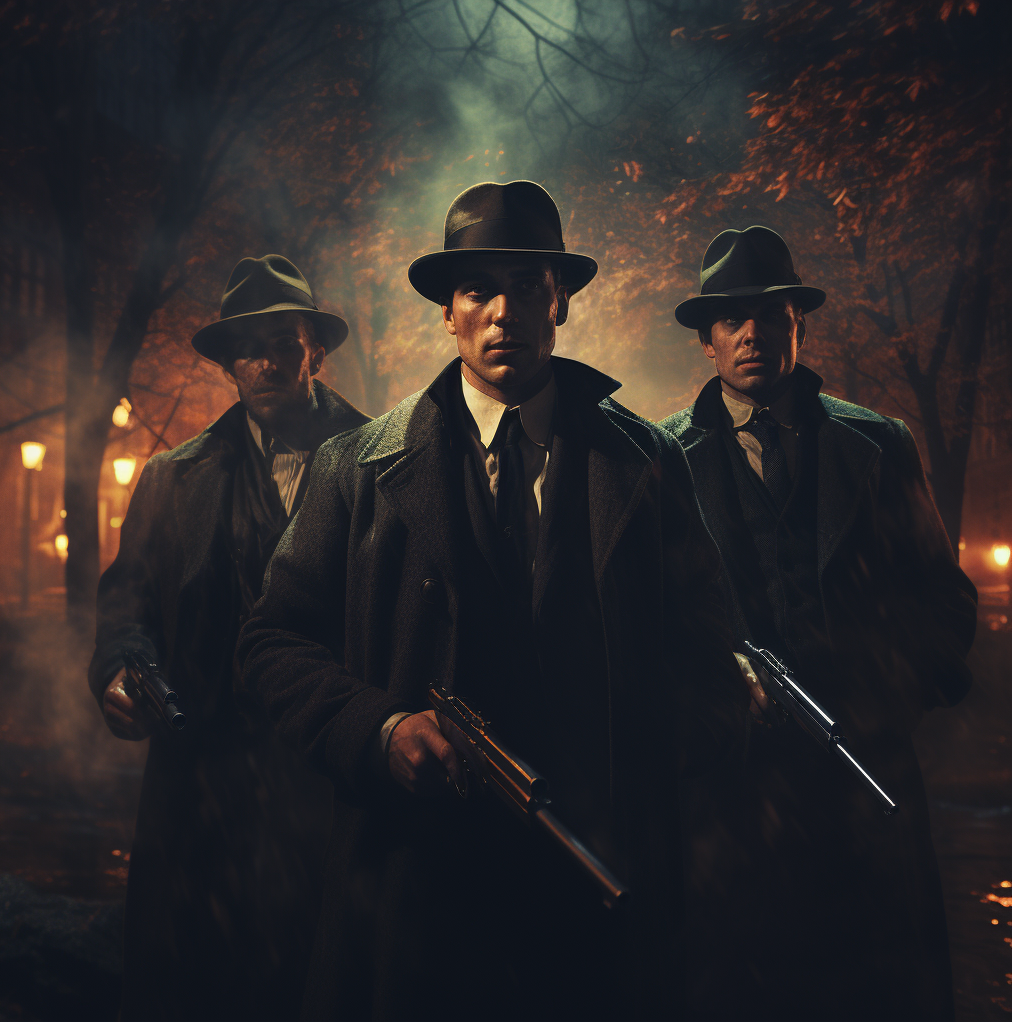
How Chicago Became a Bootlegging Capital
Published on January 4, 2024
Reading about Chicago’s history with alcohol is fun, but it’s much better to experience it. Local food historian Amy Bizzarri has two Chicago Cocktail Adventures for eATLAS that take you to some of the most legendary lounges in the Loop. Check out Part 1 and Part 2.
By Dave Lifton (@daveeatschicago)
In 1833, the year Chicago was incorporated as a town, Conrad Sulzer and William Haas opened a brewery to cater to the 300 or so soldiers and traders that inhabited the area. That same year, a local chapter of the American Temperance Society was formed.
The early influx of German and Irish immigrants led to more breweries, and Chicago quickly earned a reputation as a hard-drinking town, and with it came a host of societal ills, including alcoholism and domestic violence. More institutions arose to fight them, with varying degrees of success. Every time reform was enacted, such as blue laws or increasing the fee for a liquor license, the population revolted. But the temperance movement began to win out. By 1909, two-thirds of the city’s precincts were dry.
One of the reasons for the change was the Levee, which sprung up in the South Loop between 18th and 22nd Streets towards the end of the 19th century. Although vice districts had come and gone, the Levee’s collection of brothels, saloons, and gambling houses flourished because the police and alderman were being paid off through the rise of organized crime groups in Little Italy. “Big Jim” Colosimo, the founder of the Chicago Outfit, was even married to a madam, and operated brothels in the Levee.

By 1912, the Levee had been shut down on orders from Mayor Carter Harrison Jr., but Big Jim was safe due to his political connections, and he continued to thrive by operating saloons and nightclubs. Seven years later, Colosimo’s right-hand man, John “The Fox” Torrio, brought a 20-year-old Al Capone from New York to work as a bouncer in one of Big Jim’s establishments.
So, the pieces were all in place by the time Prohibition went into effect in 1920. Torrio saw the financial potential in bootlegging, but Colosimo didn’t want to get involved for fear that the federal agents wouldn’t care about his protected status. On May 11, 1920, Big Jim was gunned down in one of his restaurants. It’s widely believed that Torrio, now in charge of the Outfit, ordered the hit so that they could start bootlegging. Capone became Torrio’s second-in-command.
Meanwhile, the North Side Gang evolved from a group of small-time hoodlums working just above the Chicago River. Its leader, Dean O’Banion, had already branched out into bootlegging when he stole a liquor truck and offloaded the contents. The group clashed with the Outfit until an agreement was reached that gave Torrio control of the South Side, while a third group, the Genna Brothers, ran the West Side, but were allied with Torrio.
For all the crime being committed in the city, Mayor William Hale Thompson, who was against Prohibition, appeared more or less indifferent. By 1923, Chicago had more than 6,200 policemen, but only five assigned to vice.
A shakedown scandal involving his campaign manager caused Thompson to withdraw from the 1923 mayoral race, and William Dever won. Although he was also anti-Prohibition, he understood the domino effect the gang wars were having on the city. He took steps to clean up the city, and they worked for a while. But in November 1924, O’Banion demanded that Alberto Genna repay a gambling debt incurred at a casino partially owned by O’Banion. Genna treated this as an insult and, with Torrio’s blessing, had O’Banion whacked at Schofield’s, a State Street flower shop that was a front for the North Side Gang.
With the truce broken, Chicago became a battleground. Within two weeks of each other in January 1925, Capone and Torrio were ambushed by Hymie Weiss, now in charge of the North Side Gang. Fearing for his life, Torrio fled Chicago, and Capone was now the boss of the Outfit. Three of the six Gennas were murdered by the North Side Gang, and the surviving three also left town.

After Capone had Weiss killed, another truce was brokered and subsequently broken. It all culminated on Feb. 14th, 1929, when seven members of the North Side Gang were killed in a Lincoln Park garage at what would be called the St. Valentine’s Day Massacre. In the aftermath, the federal government got involved, leading to the real-life Eliot Ness and his squad of incorruptible agents dubbed “The Untouchables” working to bring down Capone, which happened in 1931, two years before Prohibition’s repeal.
Thanks to the exploits of Capone and his rivals, no other city is as closely associated with Prohibition as Chicago. His face is emblazoned on all sorts of merchandise that can be purchased in local souvenir shops, and many popular bars in the city attempt to evoke speakeasies. But although the time and place have become mythologized—romanticized, even—through decades of depictions in pop culture, it must be remembered that it was an era marked by violence and lawlessness.

The Adventure starts when you say it does.
All eATLAS Adventures are designed and built by experienced eATLAS Whoa!Guides. They're always on. Always entertaining. And always ready to go.
Check out our Adventures!